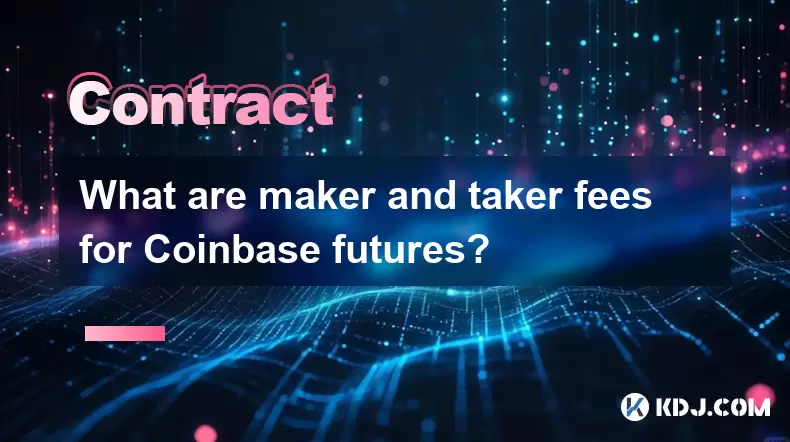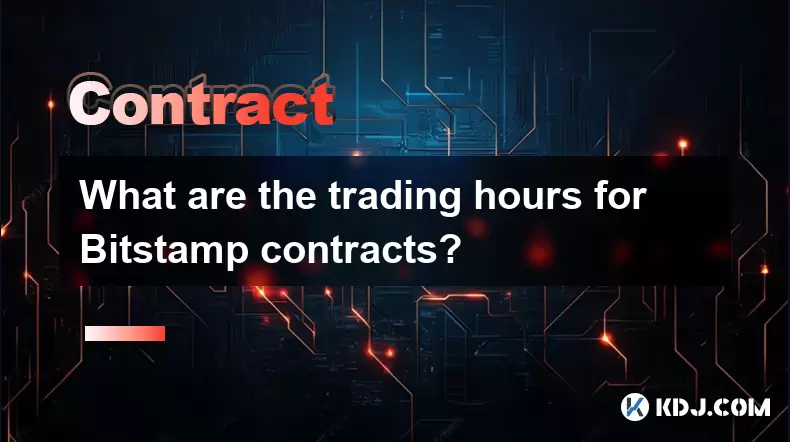-
 Bitcoin
Bitcoin $117500
2.04% -
 Ethereum
Ethereum $3759
3.02% -
 XRP
XRP $3.171
3.30% -
 Tether USDt
Tether USDt $1.000
0.03% -
 BNB
BNB $782.4
2.52% -
 Solana
Solana $187.2
5.62% -
 USDC
USDC $0.0000
0.02% -
 Dogecoin
Dogecoin $0.2380
5.26% -
 TRON
TRON $0.3175
1.07% -
 Cardano
Cardano $0.8227
4.03% -
 Hyperliquid
Hyperliquid $44.50
5.44% -
 Sui
Sui $4.020
10.07% -
 Stellar
Stellar $0.4396
6.28% -
 Chainlink
Chainlink $18.32
4.55% -
 Hedera
Hedera $0.2628
10.71% -
 Bitcoin Cash
Bitcoin Cash $554.8
4.90% -
 Avalanche
Avalanche $24.20
4.60% -
 Litecoin
Litecoin $113.7
2.31% -
 Shiba Inu
Shiba Inu $0.00001413
5.99% -
 UNUS SED LEO
UNUS SED LEO $8.984
0.11% -
 Toncoin
Toncoin $3.326
7.22% -
 Ethena USDe
Ethena USDe $1.001
0.00% -
 Uniswap
Uniswap $10.49
4.56% -
 Polkadot
Polkadot $4.092
4.02% -
 Monero
Monero $326.6
1.30% -
 Dai
Dai $1.000
-0.01% -
 Bitget Token
Bitget Token $4.570
2.49% -
 Pepe
Pepe $0.00001267
5.10% -
 Aave
Aave $297.3
3.10% -
 Cronos
Cronos $0.1344
4.10%
What are maker and taker fees for Coinbase futures?
On Coinbase Futures, maker fees reward liquidity provision (e.g., limit orders), while taker fees apply to immediate execution—fees vary by 30-day volume, with top tiers offering maker rebates.
Jul 26, 2025 at 09:15 am

Understanding Maker and Taker Fees on Coinbase Futures
When trading futures on Coinbase, users encounter two primary fee types: maker fees and taker fees. These fees are central to how liquidity is priced and rewarded on the platform. A maker is a trader who places a limit order that doesn’t immediately execute—this order adds liquidity to the order book. A taker is someone who places an order that executes immediately against an existing order, thus removing liquidity. On Coinbase Futures, these roles directly influence the fees you pay or earn.
For example, if you place a limit order to buy BTC-PERP at $60,000 when the current market price is $60,500, your order sits in the book until matched—it’s a maker order. If you instead place a market order to buy BTC-PERP at the current best offer of $60,500, you’re a taker. The fee structure rewards liquidity provision, meaning maker fees are often lower than taker fees—sometimes even negative (rebates).
Current Fee Schedule for Coinbase Futures
As of the latest update, Coinbase Futures uses a tiered fee model based on 30-day trading volume and asset class. Here’s how it generally breaks down:
For users with less than 50 BTC in 30-day volume:
- Maker fee: 0.02%
- Taker fee: 0.05%
For high-volume traders (e.g., 500+ BTC in volume):
- Maker fee: -0.005% (a rebate)
- Taker fee: 0.015%
These percentages apply to each futures contract traded, such as BTC-USD or ETH-USD perpetuals. It’s crucial to monitor your volume tier in the Coinbase Pro or Advanced Trade interface, as fees adjust automatically based on rolling volume. You can view your current tier under the Fees tab in your account settings.
How to Check Your Maker/Taker Status Per Trade
Coinbase provides detailed trade history that shows whether each executed order was a maker or taker. To verify:
- Navigate to the "Orders" tab in Coinbase Advanced Trade
- Select the specific futures pair (e.g., BTC-PERP)
- Click on any filled order to expand details
- Look for the label: "Maker" or "Taker"
- The fee charged will be listed in USD or the base currency
This transparency ensures you can audit your trading behavior. If you’re consistently paying taker fees but intended to be a maker, review your order type—ensure you’re using limit orders with prices outside the current bid-ask spread.
Strategies to Minimize Fees on Coinbase Futures
To reduce costs, traders often optimize for maker status:
- Use limit orders exclusively for entry and exit
- Set price levels slightly away from the mid-price to avoid immediate execution
- Avoid market orders unless urgency outweighs cost
- Monitor the order book depth to place non-aggressive limit orders
For instance:
- If BTC-PERP is trading at $60,450–$60,460 (bid-ask), placing a buy limit at $60,440 ensures maker status
- Placing at $60,460 or above would likely execute immediately as a taker
Also, consider timing: during low liquidity periods (e.g., weekends), even limit orders might execute as takers if your price overlaps with resting orders. Always double-check the trade confirmation screen before submitting.
Differences Between Spot and Futures Fee Structures
Coinbase applies distinct fee models for spot trading versus futures. In spot markets, fees are based solely on 30-day volume and whether you’re a maker or taker—but futures fees are generally higher due to the complexity of margin and leverage. For example:
- Spot BTC-USD: Maker fee as low as 0.00%, Taker as low as 0.10%
- Futures BTC-PERP: Maker fee starts at 0.02%, Taker at 0.05%
This difference reflects the added infrastructure for futures, including funding rates, liquidation engines, and isolated margin systems. Always confirm the fee schedule under the “Fees” section of Coinbase Advanced Trade, as spot and futures are separate products with independent pricing.
Common Questions About Coinbase Futures Fees
Q: Do I pay fees on both opening and closing a futures position?
Yes. Each trade—whether opening or closing a position—is subject to maker or taker fees independently. If you open with a taker order (0.05%) and close with a maker order (0.02%), both fees apply separately.
Q: Can I get a fee rebate as a maker on Coinbase Futures?
Yes, if your 30-day volume exceeds 500 BTC, you enter the highest tier where maker fees become negative—-0.005%—meaning Coinbase pays you to provide liquidity.
Q: Are fees displayed before or after execution?
Fees are estimated pre-trade in the order confirmation window. After execution, the exact fee appears in your trade history with a breakdown of maker/taker status and amount.
Q: Do fees vary by futures pair (e.g., BTC vs ETH)?
No. Coinbase applies the same maker/taker fee structure across all futures pairs—it’s based on your volume tier, not the asset traded.
Disclaimer:info@kdj.com
The information provided is not trading advice. kdj.com does not assume any responsibility for any investments made based on the information provided in this article. Cryptocurrencies are highly volatile and it is highly recommended that you invest with caution after thorough research!
If you believe that the content used on this website infringes your copyright, please contact us immediately (info@kdj.com) and we will delete it promptly.
- Vaultz Capital's Bitcoin Bet: A Strategic Shift on the Aquis Exchange
- 2025-07-26 20:30:12
- Pi Coin, Wallet Features, and Coinbase: What's the Buzz?
- 2025-07-26 18:30:12
- Worldcoin, Punisher Coin, and the Meme Coin Mania: What's the Haps?
- 2025-07-26 18:30:12
- Conviction, Justice System, and Murders: A Look at Recent Cases and Shifting Perspectives
- 2025-07-26 18:50:11
- Shiba Inu, Remittix, and the Market Surge: What's the Hype?
- 2025-07-26 19:10:12
- Cardano Price, ADA Holders, and Leadership Criticism: What's the Real Deal?
- 2025-07-26 19:30:12
Related knowledge

Why is my Bitstamp futures position being liquidated?
Jul 23,2025 at 11:08am
Understanding Futures Liquidation on BitstampFutures trading on Bitstamp involves borrowing funds to open leveraged positions, which amplifies both po...

Does Bitstamp offer inverse contracts?
Jul 23,2025 at 01:28pm
Understanding Inverse Contracts in Cryptocurrency TradingIn the realm of cryptocurrency derivatives, inverse contracts are a specific type of futures ...

How to find your Bitstamp futures trade history?
Jul 23,2025 at 08:07am
Understanding Bitstamp and Futures Trading AvailabilityAs of the current state of Bitstamp’s service offerings, it is critical to clarify that Bitstam...

Can I use a trailing stop on Bitstamp futures?
Jul 23,2025 at 01:42pm
Understanding Trailing Stops in Cryptocurrency TradingA trailing stop is a dynamic type of stop-loss order that adjusts automatically as the price of ...

Can I use a trailing stop on Bitstamp futures?
Jul 25,2025 at 02:28am
Understanding Trailing Stops in Cryptocurrency Futures TradingA trailing stop is a dynamic type of stop-loss order that adjusts automatically as the m...

What are the trading hours for Bitstamp contracts?
Jul 24,2025 at 11:56am
Understanding Bitstamp and Contract Trading AvailabilityBitstamp is one of the longest-standing cryptocurrency exchanges, established in 2011 and head...

Why is my Bitstamp futures position being liquidated?
Jul 23,2025 at 11:08am
Understanding Futures Liquidation on BitstampFutures trading on Bitstamp involves borrowing funds to open leveraged positions, which amplifies both po...

Does Bitstamp offer inverse contracts?
Jul 23,2025 at 01:28pm
Understanding Inverse Contracts in Cryptocurrency TradingIn the realm of cryptocurrency derivatives, inverse contracts are a specific type of futures ...

How to find your Bitstamp futures trade history?
Jul 23,2025 at 08:07am
Understanding Bitstamp and Futures Trading AvailabilityAs of the current state of Bitstamp’s service offerings, it is critical to clarify that Bitstam...

Can I use a trailing stop on Bitstamp futures?
Jul 23,2025 at 01:42pm
Understanding Trailing Stops in Cryptocurrency TradingA trailing stop is a dynamic type of stop-loss order that adjusts automatically as the price of ...

Can I use a trailing stop on Bitstamp futures?
Jul 25,2025 at 02:28am
Understanding Trailing Stops in Cryptocurrency Futures TradingA trailing stop is a dynamic type of stop-loss order that adjusts automatically as the m...

What are the trading hours for Bitstamp contracts?
Jul 24,2025 at 11:56am
Understanding Bitstamp and Contract Trading AvailabilityBitstamp is one of the longest-standing cryptocurrency exchanges, established in 2011 and head...
See all articles

























































































